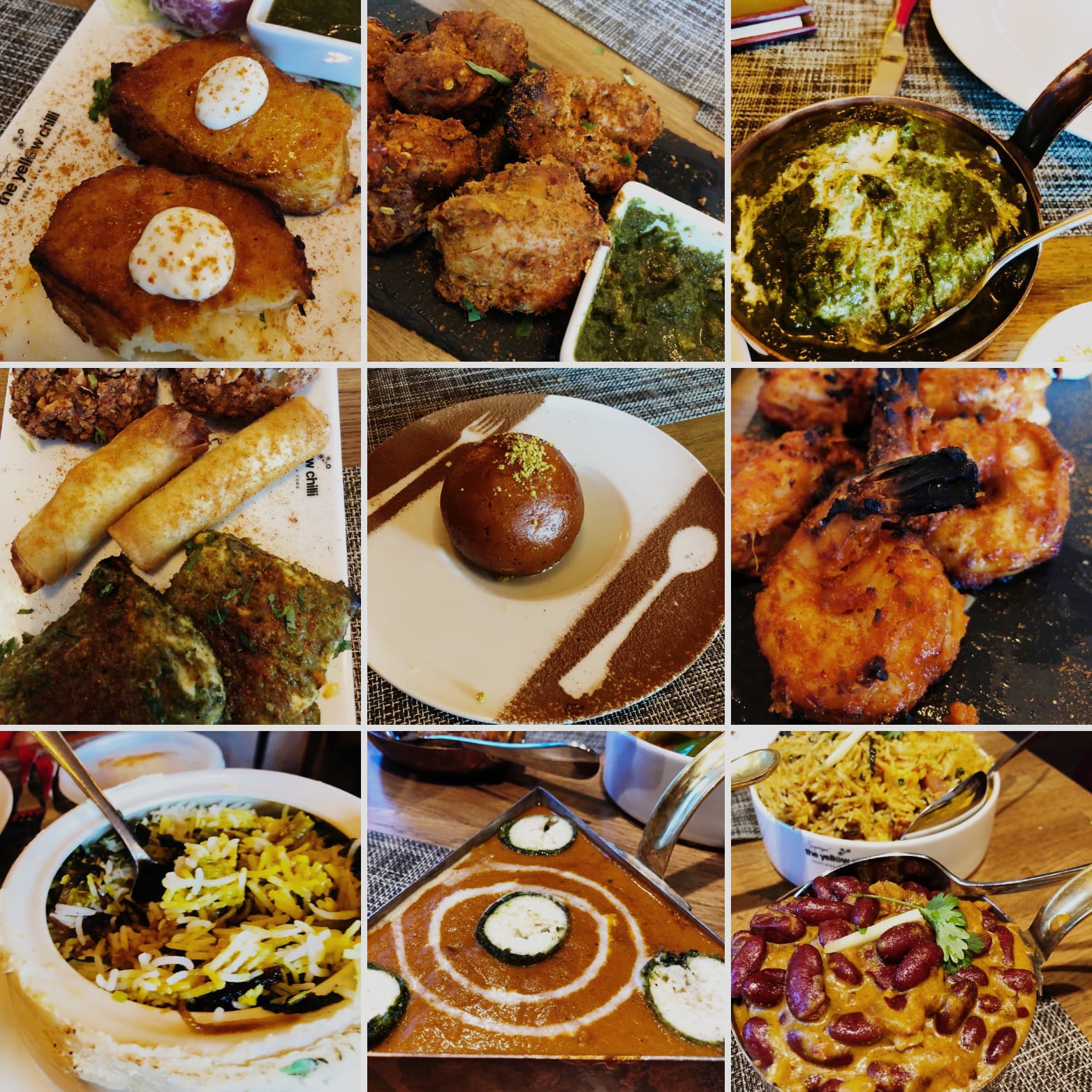The Haight Ashbury district of San Francisco is famous as the birthplace of the counterculture, and the Summer of Love. Here, you can still catch a whiff of the heady air of the sixties. With its eclectic bunch of music stores, clothing boutiques, gift shops and eateries, the place has a quaint and charming character that is easy to like.
On thriving Haight Street is situated the ‘Love of Ganesha’ store, a large gift shop that blends in perfectly with the rest of the street and its curious crowd. This is a different space, bidding you put the harried and hurried world outside on pause. A catchy chant of ‘Jai Ganesha Sri Ganesha’ plays in the background, infusing the air with an auspicious vibe. The staff seem genuinely nice, and there’s refreshing coolers and snacks on a table. Mascots of the beloved elephant headed deity dot the store, announcing Ganesha’s cheery and welcoming presence.
Owner Noot is from Thailand, and Ganesha is after all, the pan-Asian divine mascot of good beginnings. Growing up as I did in India, Ganesha was always an integral part of the environs, an amusing elephant headed deity one prayed to for good luck. Only over the years did I begin to realize that Ganesha, much like the Ramayana, is also one of India’s great cultural exports, perhaps the first Indian icon to enjoy continental popularity across almost all of Asia.
And with part of Asia always having dwelt culturally in California, it is no surprise that Ganesha has found a home in San Francisco’s Haight Street as well. The store itself feels like a slice of Thamel market, Kathmandu blended with Mylapore’s Mada Street in Chennai, transplanted to California. Lest it sound like a purely subcontinental affair, there’s inventory here from around the world, from Brazil to Mexico, Morocco to Madagascar.
The large front section of the store is also its most sought after, stocking a stunning ensemble of crystals and gemstones possibly unmatched by any other retail store in America. On display are crystals of every imaginable variety, gorgeous and resplendent, leaving you with the feeling of having walked into a crystal museum. Of high grade quality, and in sizes ranging from smallest to that of a mini-cave, the crystals transform the space into a healing, calming sanctuary. The spiritual or therapeutic uses for each crystal are labelled helpfully, and there’s certainly a mineral here for everyone.
The walls towards the middle and rear feature a sizeable and excellent collection of tapestries and rugs. There’s a wide selection of clothing, several of them handmade from different countries. Accessories are of abundant variety, including belly dance scarves, Nepali caps and hats, and spring flowers for the hats. There’s dreamcatchers and windchimes, bells and singing bowls, and beautifully ornate tote bags. Statues and figurines, especially of Buddhas, can be found aplenty.
One of the store’s highlights is a delightful little meditation tent in the back corner, inviting you to take a break, relax and meditate. The altar is decorated lovingly with flowers and candles, and totems of several healing and spiritual traditions from around the world. The ambience is truly cozy and embracing.
The malas and beads collection is notable, featuring wooden mala bracelets, seed malas, and malas of semi-precious stones. There’s a fantastic array of smudges and incense, including some of the very finest incense from across the globe, and a nice stock of essential oils. The book chest, while not extensive, contains some great spiritual reads.
The more I explored, the more I had this feeling of having stepped into a most curious candy store for all things metaphysical. Tintin could well stop here for any last-minute shopping before embarking on his adventures in Tibet. A Harry Potter would find the store intriguing, his Hogwarts school a possible customer for its supplies. Coming to think of it, Ganesha, Lord of the elements, is in many ways a Harry Potter of the sacred realms. He would be completely at home in this trove of spiritual wares, for they are the earthly conduits for his benevolent energies.
More than just a delightful store though, the ‘Love of Ganesha’ is also a mini-institution for the community. Proceeds from its business go to support initiatives in several of the communities from where it sources worldwide. For whoever who might visit, the place surely leaves an imprint of art, aesthetics and spirituality. Every good street has a temple, and ‘Love of Ganesha’ is indeed a unique temple for the spirit of Haight Street to live on.

